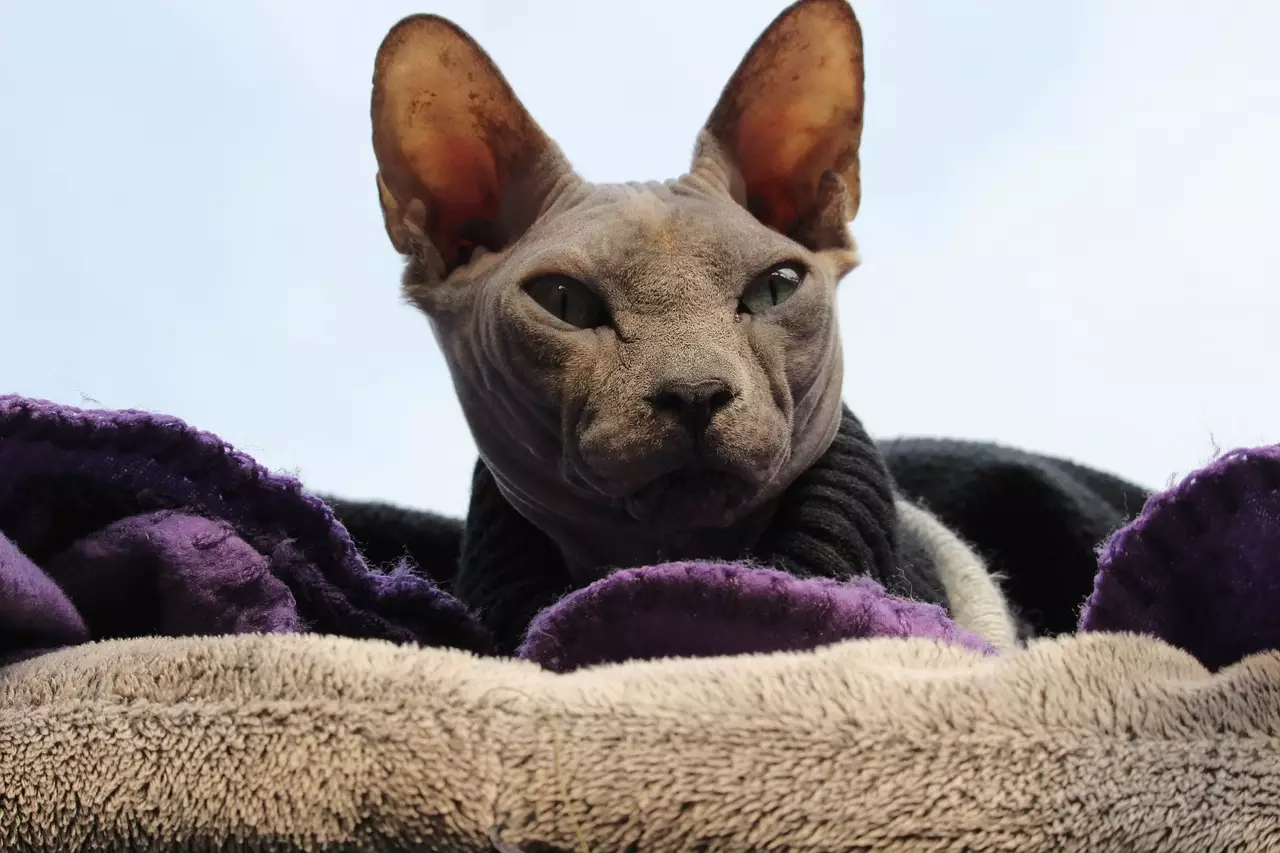Cats have long captivated human hearts and minds, holding a special place as beloved companions. Their playful antics and soothing purrs bring joy to many households around the globe. However, not everyone can comfortably share a space with these enchanting creatures due to allergies. The root of this problem lies not in the fur itself but in specific proteins, predominantly Fel d 1, found in cat saliva, urine, and skin. While it’s a common misconception that hairless cats are completely hypoallergenic, certain breeds do indeed produce less of this allergenic protein, making them more suitable for allergy sufferers. In this article, we will explore several hypoallergenic cat breeds and provide practical solutions for potential pet owners grappling with allergies.
The term “hypoallergenic” refers to substances that are less likely to provoke an allergic response. In the context of cat breeds, it indicates the reduced production of allergenic proteins. The majority of individuals with cat allergies react to Fel d 1, a protein secreted in cat saliva and skin. When cats groom themselves, the saliva dries and flakes off as dander, spreading these proteins into the environment.
It’s essential to note that no cat breed is entirely free of allergens; however, certain breeds tend to generate lower levels of these triggering proteins. This can mean the difference between enjoying the company of a feline friend or suffering from unpleasant allergy symptoms.
1. **Siamese Cats**
The Siamese cat, known for its striking blue eyes and vocal personality, is an ideal choice for allergy sufferers. This breed has short hair and relatively low shedding tendencies, making it less likely to contribute to allergy-triggering dander. Additionally, the Siamese is marked by its strong social bonds and affectionate nature, ensuring that it will be a loving presence in any home.
2. **Balinese Cats**
Often referred to as “long-haired Siamese,” Balinese cats are another attractive option for those who are sensitive to allergens. Despite their longer fur, they produce less Fel d 1 than other breeds. These intelligent and playful cats thrive in interactive environments, making them perfect for families or homes with children.
3. **Sphynx Cats**
The Sphynx cat might surprise many with its unique hairless appearance, which leads people to mistakenly assume it will be hypoallergenic. While the Sphynx does not have fur to trap allergens, it does require regular bathing to remove the oils that accumulate on its skin and prevent allergic reactions in sensitive humans. The Sphynx is known for its warm temperament and playful nature, often displaying dog-like loyalty to its owners.
4. **Bengal Cats**
Known for their exotic appearance, Bengals combine beauty with hypoallergenic traits. Their short, dense fur is easy to maintain, and they tend to produce lower levels of allergens. Bengals are active and intelligent, requiring plenty of stimulation through play and exploration, making them a dynamic choice for prospective cat owners.
5. **Russian Blue Cats**
This breed is not only visually stunning, famous for its plush gray coat and striking green eyes, but it also boasts hypoallergenic qualities. Russian Blues are gentle and affectionate, providing a calm presence in the home. Regular grooming, which is a bonding and enjoyable experience, can further reduce allergens and promote a healthy coat.
6. **Maine Coon Cats**
Though they are one of the largest domestic cat breeds, Maine Coons are surprisingly categorized as more hypoallergenic than others. They produce less Fel d 1 compared to many common breeds and have a friendly, sociable demeanor. Their tufted ears and bushy tails add to their charm, making them captivating companions.
If you already own a cat or are considering adopting one while managing allergies, there are various strategies to minimize exposure to allergens. Consider the following solutions:
– **Clean Regularly**: Vacuum your home frequently and invest in a quality vacuum with a HEPA filter to trap allergenic particles effectively.
– **Limit Access**: Keep your bedroom and certain living areas off-limits to your cat to create allergy-free zones.
– **Use Air Filters**: Install HEPA filters in your home to help reduce airborne allergens.
– **Bathe and Groom**: Regularly groom your cat to minimize shedding and dander. Regular baths can also aid in reducing any allergens.
Not only do human beings experience allergies, but cats can also be affected by various allergens. If your feline friend exhibits signs of allergies, such as excessive scratching or watery eyes, consult a veterinarian for appropriate treatments, which may include veterinary-specific CBD products. These can help reduce inflammation and improve your cat’s overall well-being.
Navigating the world of cat ownership with allergies can be challenging, but certain breeds can enable you to enjoy the companionship of a feline friend while minimizing allergic reactions. By making informed choices and implementing effective management strategies, you can create an environment where both you and your cat thrive.
